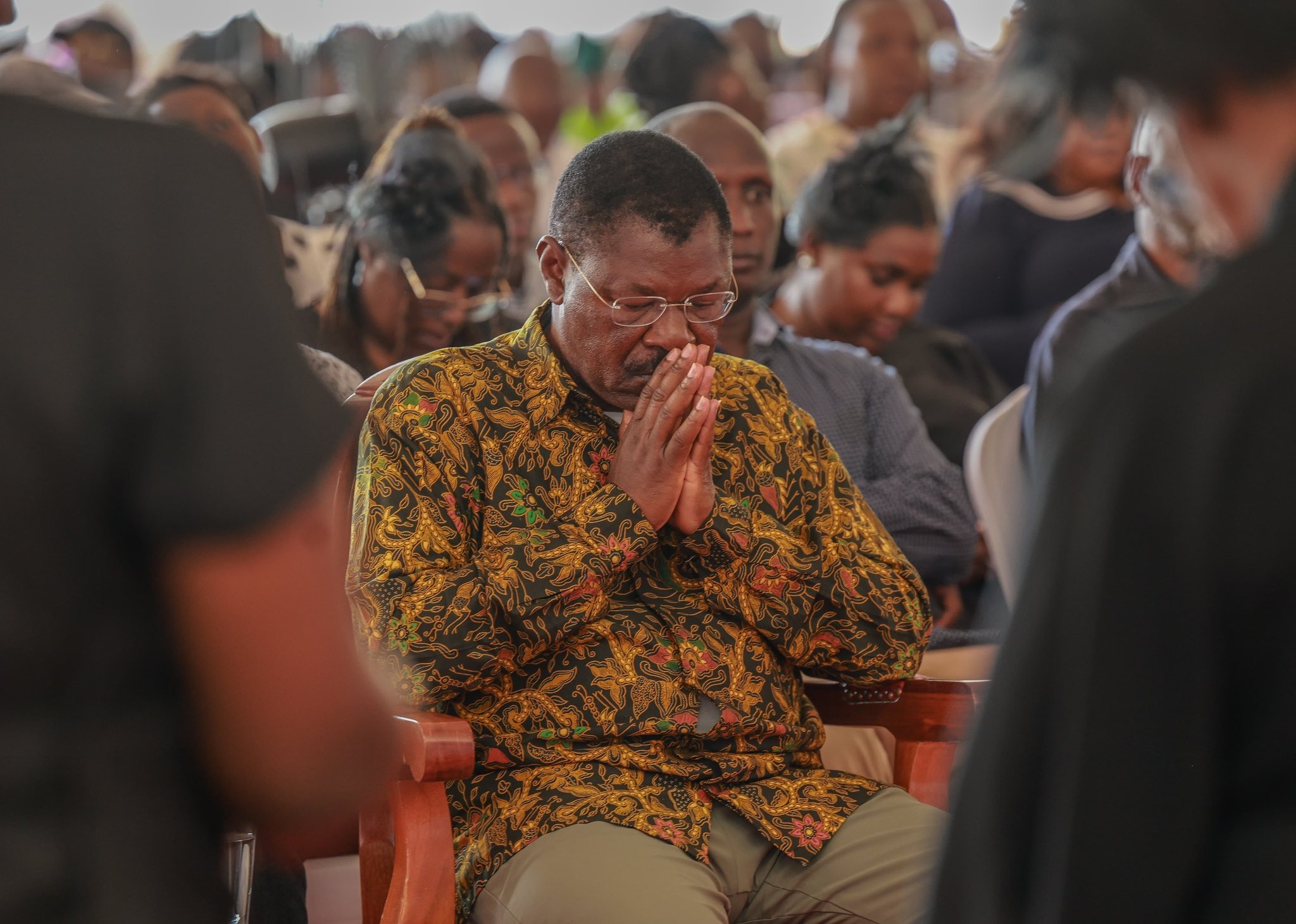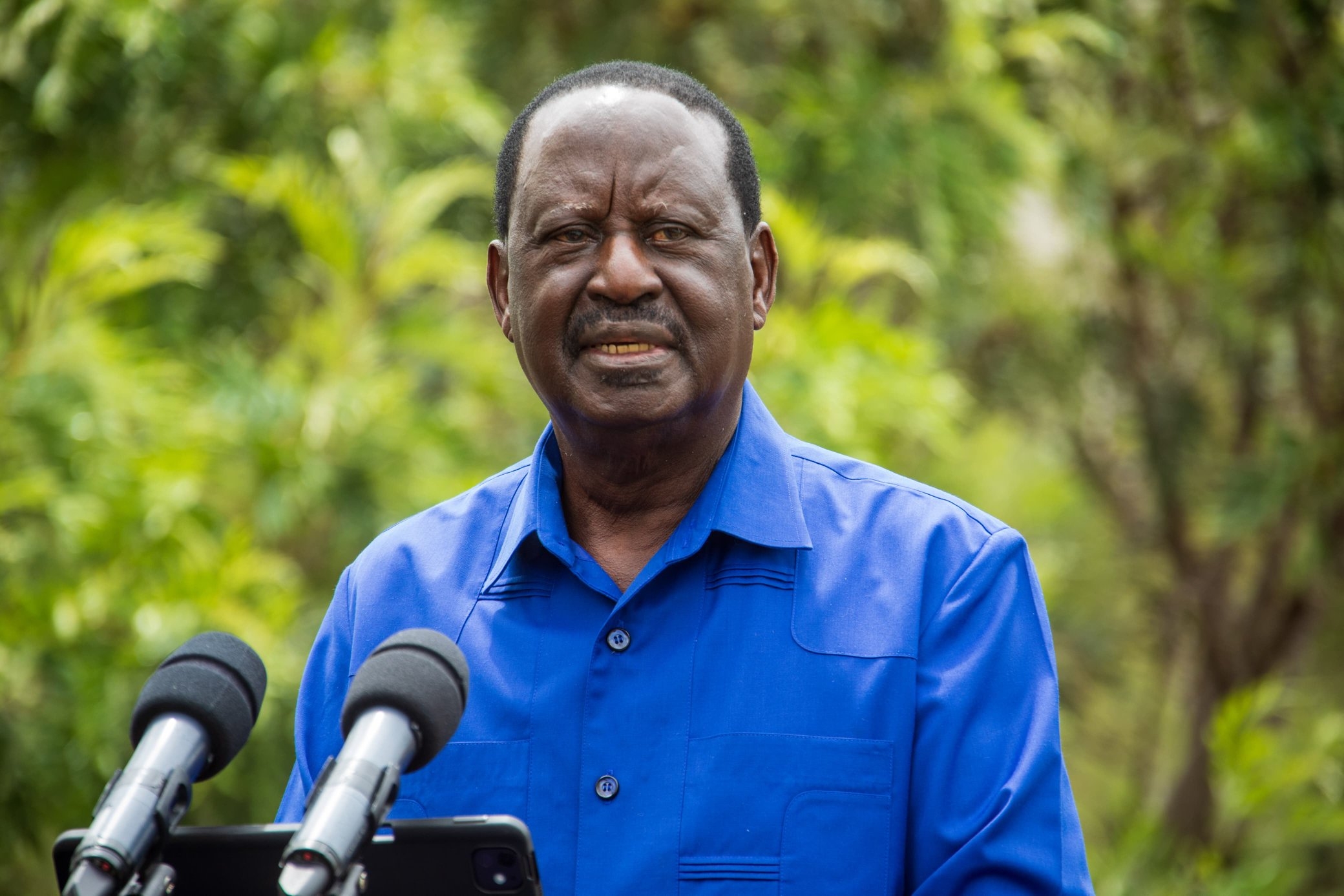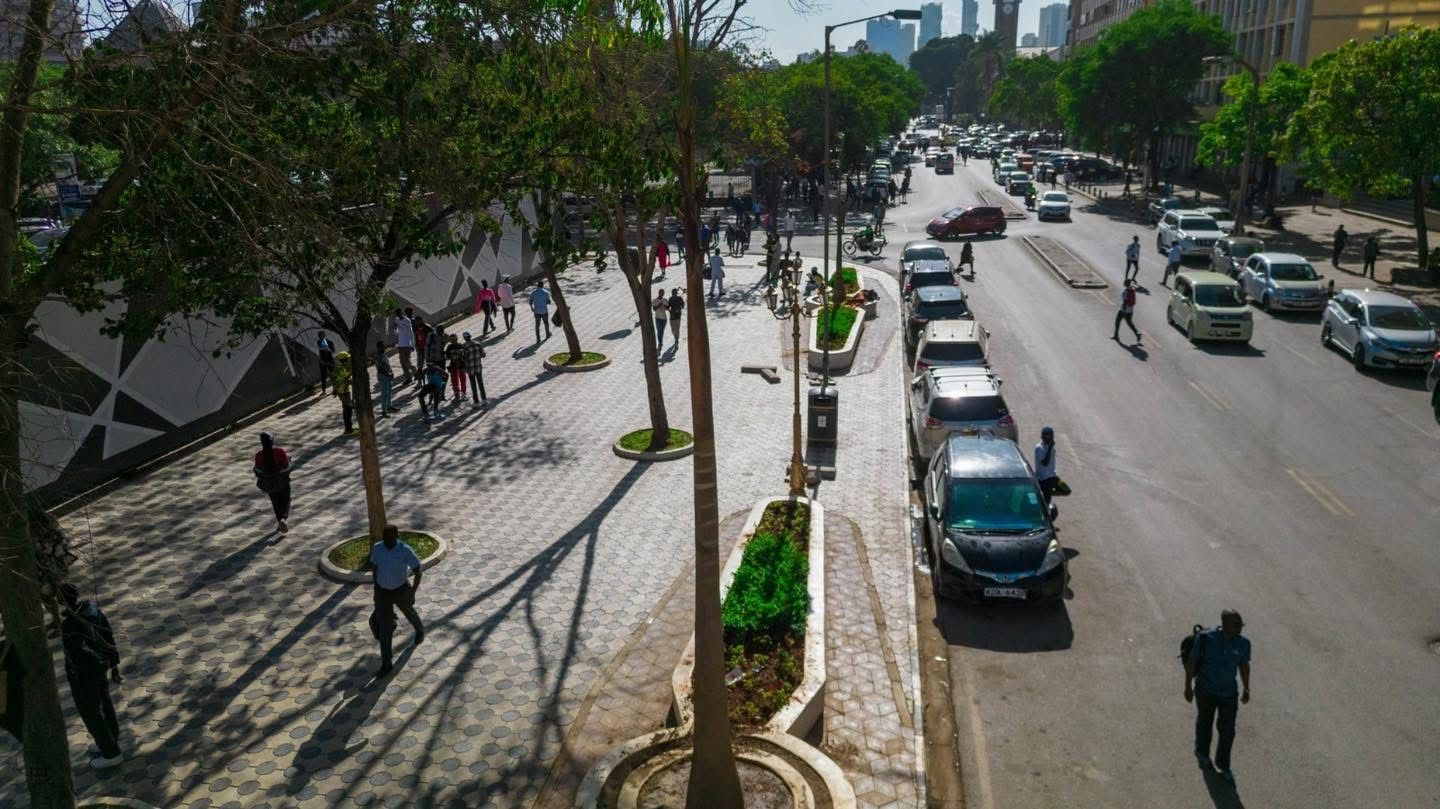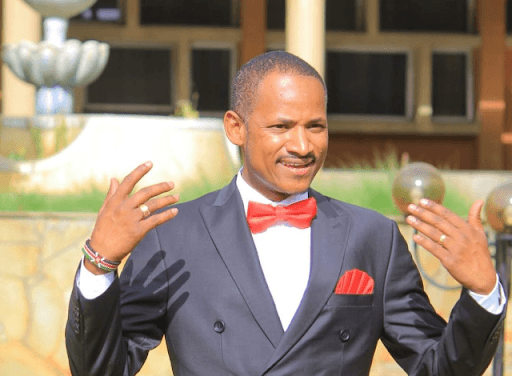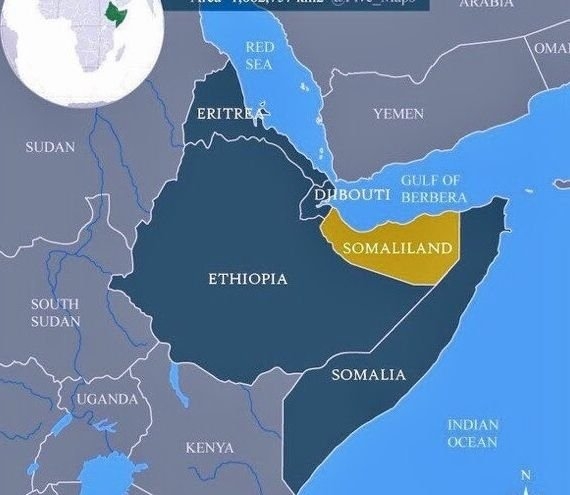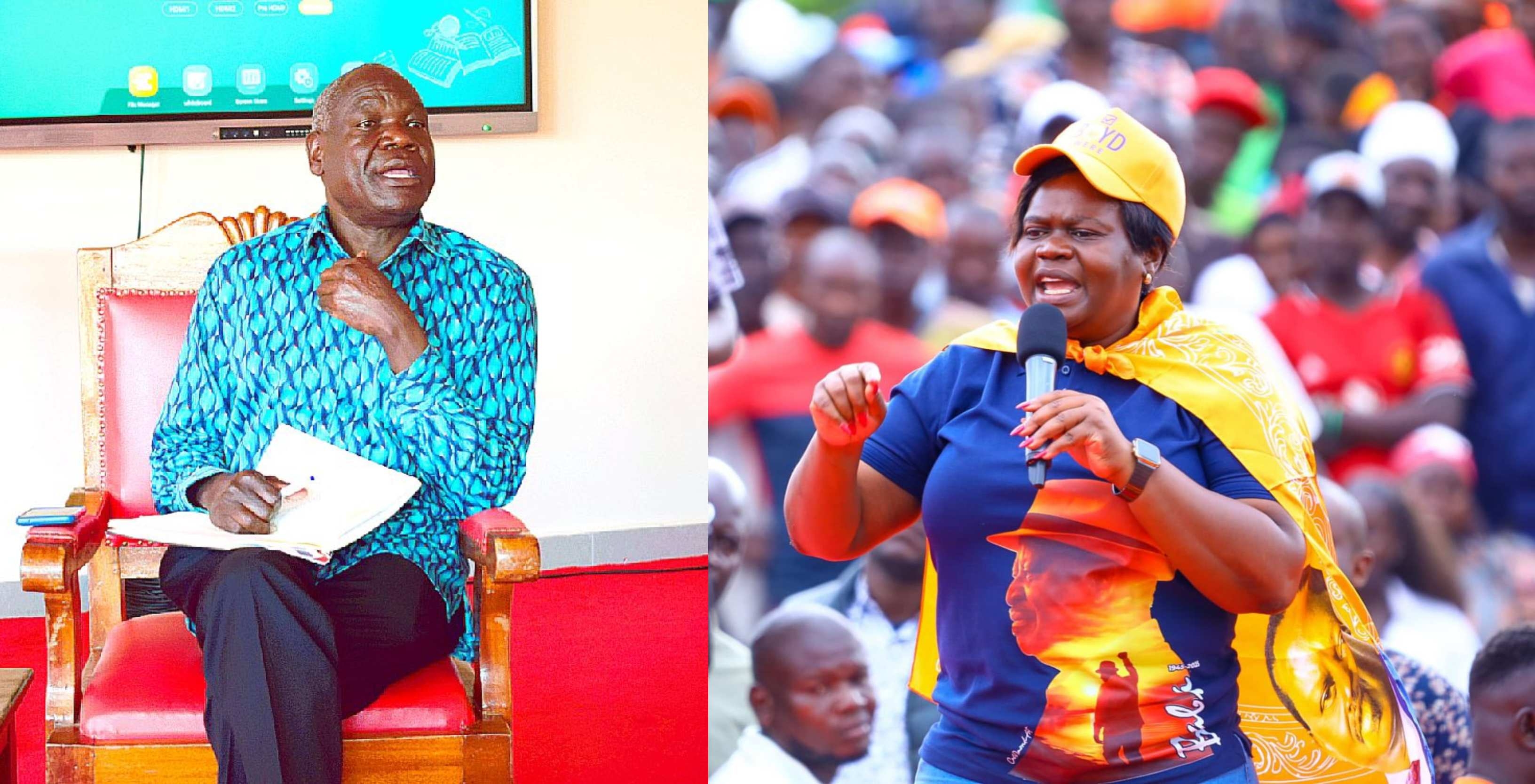The Commission for University Education has found itself in the eye of a storm following revelations that “smaller” universities have been allocated more students than more established institutions.
CUE has also continued to place government-sponsored students to private universities with some of the private institutions getting many students than a number of public universities.
It has emerged, for instance, that 16,464 students have been placed to Kisii University.
It has 317 academic staff.
This number, however, more than doubles the number of students placed at Kenya’s more established institutions, including the University of Nairobi.
MPs now want explanation how the numbers were arrived at and accuses the commission of watering down the quality of teaching.
“As CUE are you sleeping on the job, as CUE are you the one who are aiding the inefficiencies, we are seeing in the universities ... It is clear that you have actually caused a lot of inefficiencies in our universities. How do you allow a university to admit 16,000 students yet it only has 317 lecturers,” National Assembly Education Committee chairperson Julius Melly said.
“If you can accept a university to have a capacity of 16,000 knowing well that they cannot accommodate such a number, you are just going to misuse those young students.”
Resource allocation to universities is largely determined by the number of students. This means a university with more students would get more funding from the exchequer.
The committee was meeting Higher Education Principal Secretary Beatrice Inyangala, CUE and Higher Education Board on the university education and funding model.
According to documents tabled in Parliament, 8,604 students have been placed to UoN, Jomo Kenyatta University of Agriculture and Technology (8,903) and Masinde Muliro University of Science and Technology (8,724).
Others are Kenyatta University (10,211 students), Maseno University (10,821), Moi University (8,646) Maasai Mara University (8,490) Chuka University (8,270) Tom Mboya University (7,536), University of Eldoret (7,228), Egerton University (7,400) and Pwani University (7,000).
Those that got the lowest number of students include KU-Mama Ngina University College (1,174), Alupe University (1,420), Technical University of Kenya (2,088) and Koitaleel Samoei University College (1,646).
In the private universities category, Mount Kenya University got the highest allocation of 6,103 students, followed by Kenya College of Accountancy University (5,911), Zetech (4,140), Daystar (3,746) and Catholic University of Eastern Africa (3,556).
Kisii University is a former constituent of Egerton University and was given a charter as a fully fledged university in 2013.
On Tuesday, lawmakers raised questions on how the CUE could grant the university, which received its charter in 2013 the highest number of students despite infrastructure challenges to handle the high number.
Kibra MP Peter Orero questioned how Kisii University can get more students more than Nairobi university, which has bigger facilities.
Kabondo Kasipul MP Eve Obara questioned whether Kisii University has the capacity to take care of 16,000 students.
“This is 16,000 is just the cohort in the first year, there are also other students that need to be taught. How is this possible? She said.
Marcela Mwaka, head of programme accreditation at CUE, had rough time explaining to MPs how they approve such capacity for smaller institutions.
CUE is tasked with, among other things, regulating and accrediting universities and universities academic programmes.
While Kisii University has only 317 academic staff for the entire programmes, Mwaka, when pressed, told the committees that it requires more than 1,000 lecturers to handle the 16,000 new admissions.
“Kisii university has 60 percent of the programmes in Arts and Humanities and they are not highly dependent on laboratories. Ideally in social sciences the ratios allowed is 1:16 but at the moment we adopt 1:30. In this case, however, we would expect the university to have slightly over 1,000 lecturers,” Mwaka said.
The commission also submitted that the university has 91 lecturer rooms, seven computer labs, three science laboratories, an anatomy laboratory and a chemistry, biology and physics laboratories.
According to Mwaka, Kisii University has 82 bachelor's programmes, 317 academic staff including three professors, 11 associate professors, 31 senior lecturers, 135 lecturers, 75 assistant lecturers and 58 tutorial fellows.
The students are supposed to join in September this year.
Inyangala said that students will start receiving new admission letters containing only the amount of each household by July 31.
This is in response to the committee’s directive last week that the ministry withdraws all letters and issue new ones with only the fee to be paid by the students.
Before, the letters indicated fees for the whole course which the lawmakers termed as "scary" to parents.
“If you give a parent a letter indicating they are to pay Shh404,000 per year, you are doing more harm to that family. That is why we directed that the initial letters be recalled,” Melly said.



